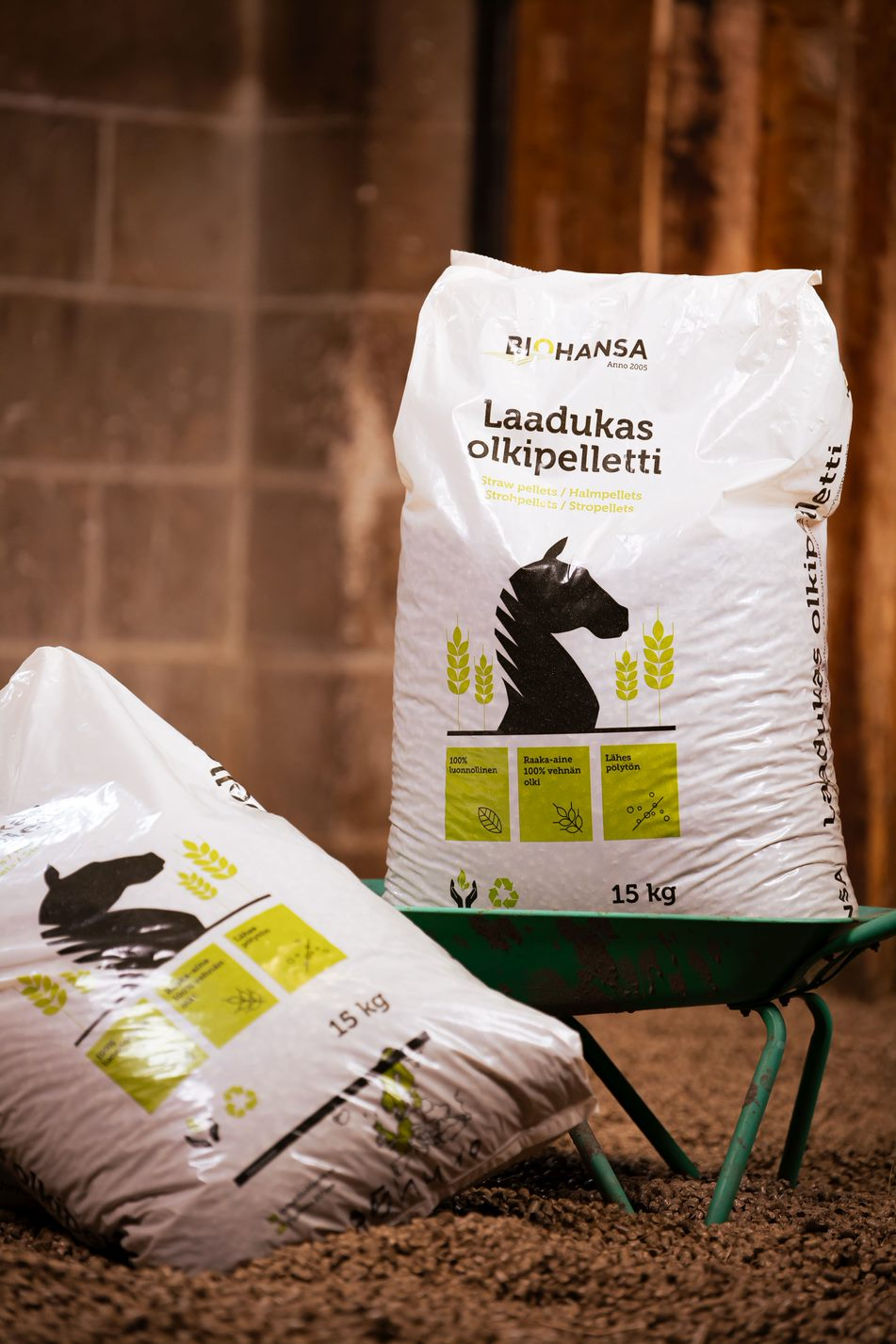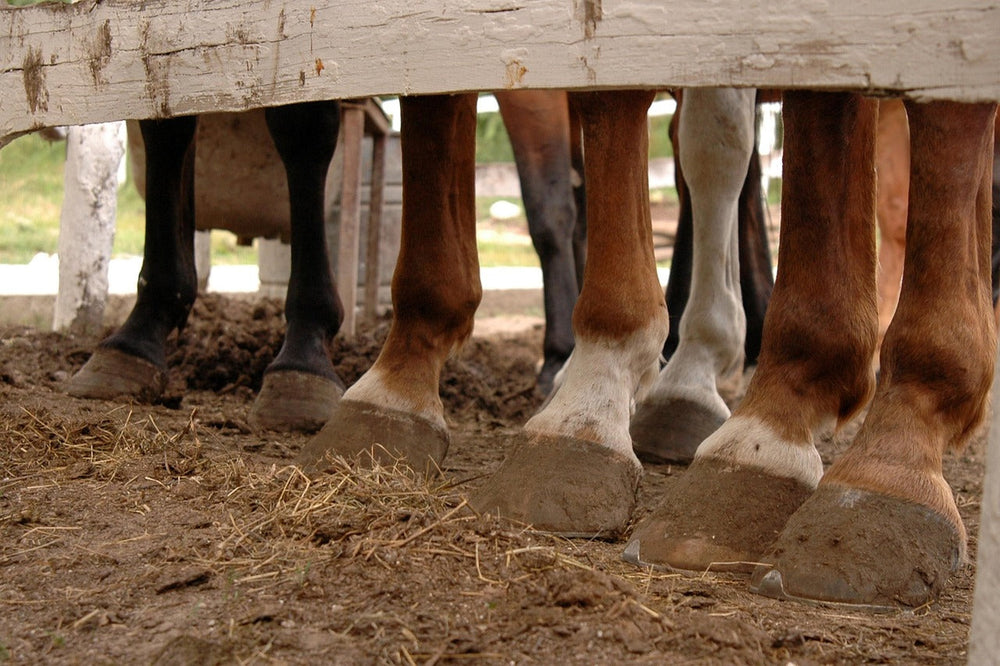- Create a regular cleaning schedule and stick to it.
- Use a suitable, absorbent and sufficient bedding for you.
- Remove manure immediately.
- Ensure proper ventilation in the stable.
- Inspect the stable regularly for mold, pests, and other problems.
 Sources:
Functions and principles of stable ventilation | Horse Information Center
Photo: Pixabay
Sources:
Functions and principles of stable ventilation | Horse Information Center
Photo: Pixabay






